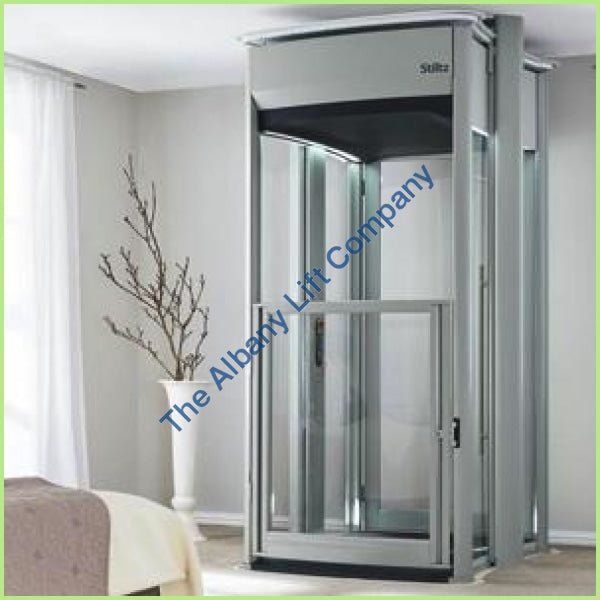Digging Into the World of Lifts: Typical Problems Faced by Numerous Lift Systems
As we browse through the vertical transportation systems of modern structures, lifts stand out as an important part of our daily lives. From hydraulic lifts to grip systems and machine-room-less designs, each lift kind comes with its collection of common problems.
Hydraulic Lifts
Hydraulic elevators, typically favored for low-rise buildings, use fluid stress to control the movement of the elevator auto (lift repair companies). This mechanism includes a hydraulic pump pressing oil right into a cylinder, causing the elevator to relocate the wanted direction. While hydraulic elevators are understood for their silent and smooth operation, they do come with their own collection of usual concerns
One prevalent problem with hydraulic elevators is oil leak. The seals in the hydraulic system can wear out in time, causing oil infiltration. This not just creates a mess but can also impact the elevator's performance if left unaddressed. Furthermore, issues with the control system, such as defective shutoffs or a malfunctioning pump, can cause interruptions in the elevator's motion.
Regular upkeep and punctual fixings are crucial to make certain the smooth performance of hydraulic lifts. By attending to these typical problems proactively, building owners can decrease downtime and make certain the safety and security and effectiveness of their vertical transportation system.
Grip Lifts
When thinking about vertical transportation systems in structures, one more typical type apart from hydraulic lifts is the traction lift. Grip elevators run using a system of ropes and counterweights that relocate the lift automobile by gripping onto the hoist ropes. This mechanism permits smoother and faster upright transportation contrasted to hydraulic systems.
Among the common concerns dealt with by traction lifts is rope wear. The continuous movement of the ropes within the grip system can result in damage in time, possibly triggering the elevator to breakdown or become harmful for usage. Regular assessments and maintenance of the ropes are important to make sure the elevator's appropriate performance and security.
Another problem that grip elevators might experience is associated with the control system. Issues with the control system can bring about problems such as irregular movement, hold-ups in response times, or also full shutdowns. Normal testing and maintenance of the control system are critical to stop such concerns and guarantee the lift's integrity.
Machine-Room-Less (MRL) Elevators

Among the vital elements of MRL elevators is the compact gearless grip device that is installed within the hoistway. This machine successfully drives the elevator vehicle without the need for cumbersome devices found in typical grip elevators. In addition, MRL elevators generally make use of a counterweight system to balance the auto, additional enhancing their power effectiveness.
In spite of their benefits, MRL elevators might face difficulties connected to repair and maintenance due to the restricted room for equipment installment. Accessibility for servicing elements within the shaft can be restricted, requiring specialized training for service technicians. Correct maintenance routines and routine examinations are essential to make sure the ongoing smooth operation of MRL elevators.
Overloading and Weight Limitation Issues
Are lifts equipped to deal with excess weight tons successfully and securely? Overloading and weight limit london lift company problems are important problems in lift operations. Elevator producers style raises with certain weight abilities to ensure passenger safety and devices durability. Surpassing these weight limitations can cause numerous troubles, consisting of mechanical failings, hold-ups, and security dangers.
When lifts are strained, it places extreme strain on the motor, wires, and various other elements, potentially causing failures or breakdowns. Security mechanisms such as sensing units and overload sensing units are in place to avoid lifts from moving if they spot excess weight. Furthermore, exceeding weight restrictions can cause enhanced power usage and wear and tear on the lift lift repair near me system.
To reduce overloading concerns, building supervisors must plainly present weight restrictions in lifts and educate owners on the value of adhering to these constraints - lift repair companies. Routine maintenance checks by certified service technicians can also aid guarantee that lifts are operating within secure weight parameters. By resolving overloading and weight limit concerns proactively, building owners can boost elevator safety and security and efficiency
Electrical System Failings
Surpassing weight restrictions in lifts can not just lead to mechanical concerns yet also potentially contribute to electrical system failures within the lift infrastructure. Electrical system failures are an essential issue in elevator operation, as they can trigger unforeseen closures, malfunctions, or even security risks.
Additionally, power rises or changes in the electrical supply can also disrupt the elevator's procedure, influencing its efficiency and security. These electrical disturbances can damage delicate lift elements such as control panels, circuit boards, or sensors, leading to system failings. Routine maintenance and evaluations are essential to identify and resolve possible electrical issues promptly, making certain the efficient and secure operation of elevator systems. By sticking to weight limitations and conducting regular electric system checks, building proprietors can alleviate the danger of electric failings in elevators.
Verdict

Hydraulic lifts, commonly chosen for low-rise buildings, use fluid pressure to regulate the motion of the elevator auto.When thinking about vertical transport systems in buildings, an additional typical kind aside from hydraulic lifts is the traction lift. Traction lifts operate making use of a system of ropes and counterweights that relocate the elevator car by grasping onto the hoist ropes. Unlike traditional lifts that require a different machine space to house the equipment, MRL lifts incorporate most of the parts within the shaft, getting rid of the demand for a devoted equipment space.In verdict, elevators deal with usual problems such as hydraulic breakdowns, traction system failures, and electric system problems.